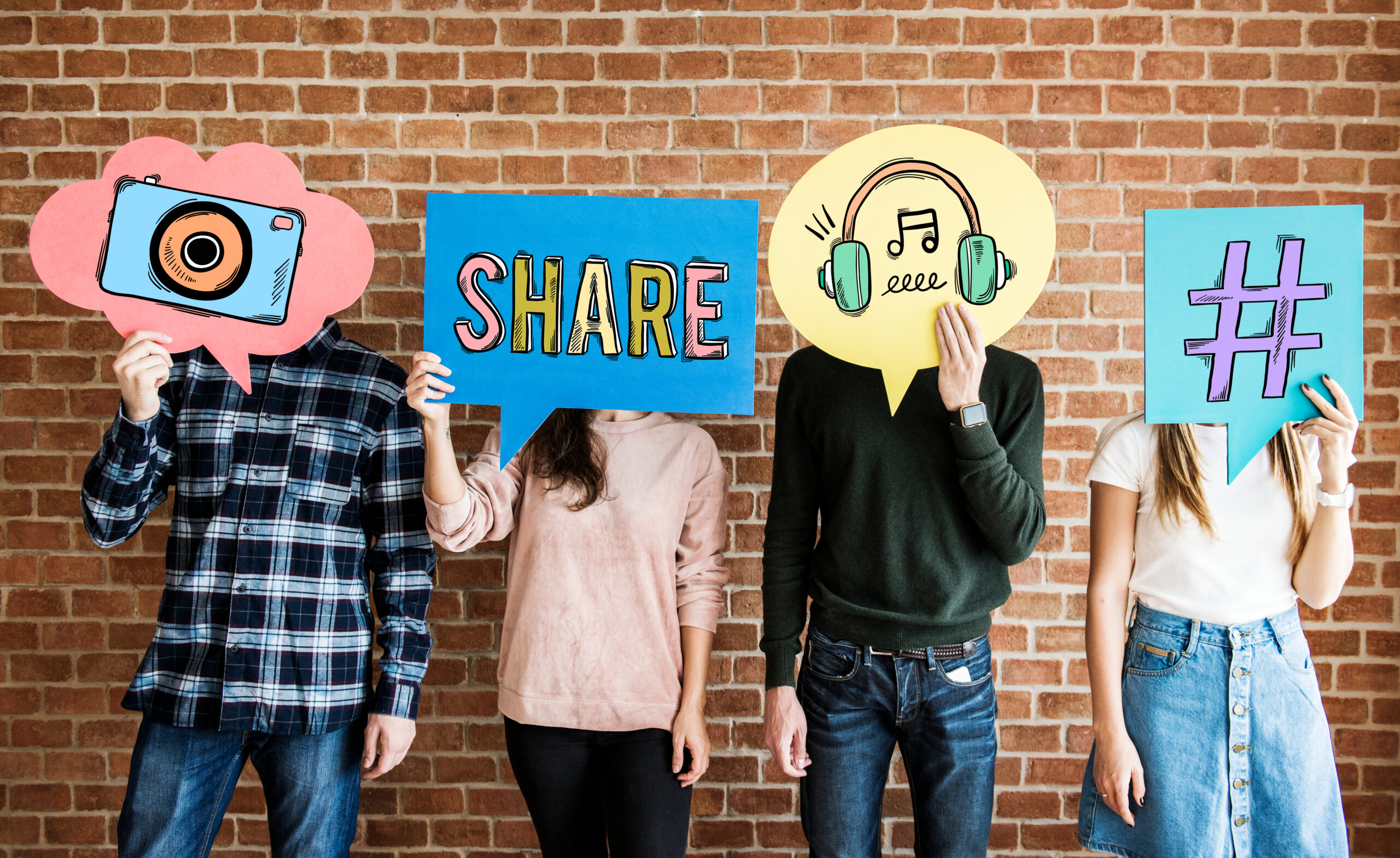Introduction
In recent years, the world of fashion and beauty has been profoundly transformed by the rise of social media. Platforms like Instagram, TikTok, and Pinterest have become the new frontiers for setting and spreading trends. The impact of social media on these industries is both far-reaching and multi-faceted, influencing not only what we wear and how we look but also how we shop and perceive ourselves. This article will explore how social media has redefined the fashion and beauty landscape, creating a new era of trends, influencers, and consumer behaviours.
1. Instant Dissemination of Trends
One of the most striking effects of social media on fashion and beauty is the speed at which trends now emerge and spread. In the past, trends were primarily dictated by high-end fashion houses and magazines, but today, anyone with a smartphone can be a trendsetter. The immediacy of platforms like Instagram allows designers, influencers, and even everyday people to showcase new styles and looks, instantly making them accessible to a global audience.
2. The Age of Influencers
Social media has given birth to a new breed of influencers – individuals who amass large followings due to their fashion and beauty expertise. These influencers have tremendous power in shaping trends and can make or break brands. They often collaborate with designers and beauty companies, promoting products and styles to their followers. As a result, many consumers now trust influencers’ recommendations as much as or even more than traditional advertising.
3. Diversity and Inclusivity
Social media has played a significant role in promoting diversity and inclusivity in fashion and beauty. Platforms like Instagram have given voice to underrepresented groups, leading to a more inclusive definition of beauty. Models of different ethnicities, body sizes, and gender identities have gained prominence, making the industry more reflective of the real world. This shift in representation has encouraged brands to be more inclusive in their campaigns, appealing to a broader and more diverse consumer base.
4. User-Generated Content
User-generated content is now at the forefront of fashion and beauty marketing. Brands encourage consumers to create and share content featuring their products, effectively turning customers into brand ambassadors. This not only fosters a sense of community but also provides authentic and relatable content for marketing purposes. User-generated content is often more engaging and trustworthy than professionally produced advertisements.
5. Microtrends and Subcultures
Social media has given rise to the concept of microtrends – smaller, niche fashion and beauty movements that cater to specific interests and subcultures. These microtrends can quickly gain traction and develop dedicated followings. For example, goth, boho, and minimalist aesthetics are constantly evolving and finding new life on platforms like TikTok and Pinterest.
6. Direct-to-Consumer Sales
Social media has disrupted the traditional retail model by facilitating direct-to-consumer (DTC) sales. Brands can now reach consumers directly through their social media profiles or websites. This not only eliminates the need for intermediaries but also allows brands to tailor their marketing efforts to individual consumers through data-driven insights. The rise of DTC has also contributed to the popularity of sustainable and ethical fashion, as brands can transparently communicate their values and practices to consumers.
7. Viral Challenges and Campaigns
The power of social media to create viral challenges and campaigns cannot be underestimated. For example, the Ice Bucket Challenge raised awareness and funds for ALS research, and fashion-related challenges like the “Ice Bucket Hat Challenge” have boosted the popularity of specific clothing items. These viral phenomena have the potential to rapidly elevate certain fashion and beauty trends to global prominence.
8. Real-Time Feedback and Iteration
Fashion and beauty brands now receive instant feedback on their products and styles through social media. This real-time information allows them to quickly iterate and adapt to consumer preferences. Designers and brands can engage in conversations with their audience, enabling a more customer-centric approach to product development.
9. Shoppable Content
The integration of e-commerce features into social media platforms has made shopping more convenient than ever. Users can now shop directly from their favorite influencers’ posts or explore curated shopping lists. This has accelerated the shift from physical retail to online shopping, making it easier for consumers to access the latest fashion and beauty trends.
10. The Psychological Impact
The impact of social media on fashion and beauty isn’t solely positive. It has also given rise to certain psychological issues. The constant exposure to idealized beauty standards and curated lifestyles can lead to issues like low self-esteem, body image concerns, and increased consumerism. Individuals often feel pressured to keep up with rapidly changing trends, which can lead to feelings of inadequacy.
Conclusion
Social media has become an integral part of the fashion and beauty industries, revolutionizing how trends are set, marketed, and consumed. It has democratized fashion and beauty, allowing anyone with an internet connection to participate in the conversation. The influence of social media extends from the instant dissemination of trends and the rise of influencers to fostering diversity and inclusivity, embracing microtrends, and driving direct-to-consumer sales. It has also led to real-time feedback, the spread of viral challenges, and the integration of e-commerce features for shoppable content.
However, it’s important to acknowledge that while social media offers many benefits, it also poses challenges, especially regarding its impact on mental health and self-esteem. As we continue to navigate this digital age, it’s crucial for individuals and the industry to find a healthy balance between embracing the trends and maintaining a positive self-image. The future of fashion and beauty will undoubtedly remain intertwined with the ever-evolving landscape of social media, but it will also require thoughtful consideration of its implications on society and individual well-being.

